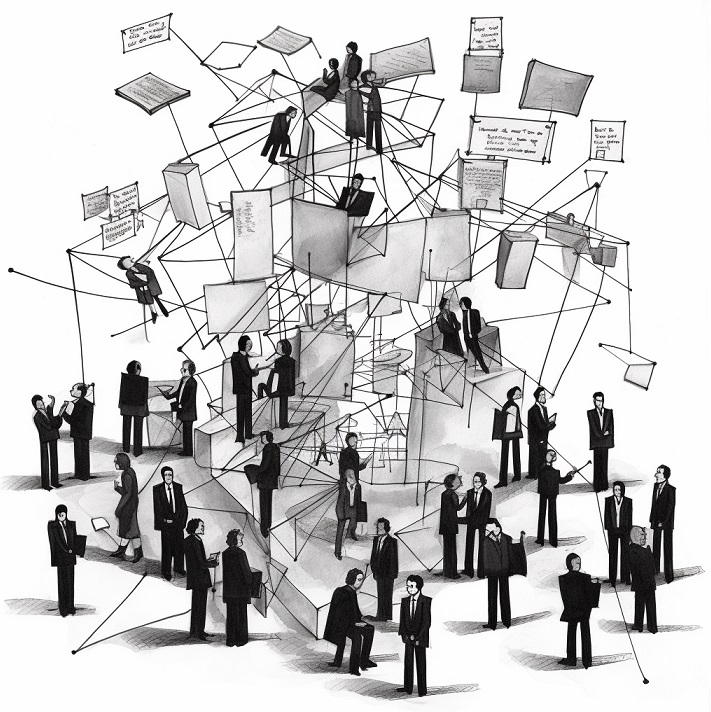 Technology is the “sum of ways in which social groups construct the material objects of their civilizations.” The things that we use – the “design artifacts” of the processes used to build them – are socially constructed to the same extent that they are technically constructed. The convergence of technological and social insights in the creation, construction and use of artifacts is sociotechnology.
Technology is the “sum of ways in which social groups construct the material objects of their civilizations.” The things that we use – the “design artifacts” of the processes used to build them – are socially constructed to the same extent that they are technically constructed. The convergence of technological and social insights in the creation, construction and use of artifacts is sociotechnology.
For example, we typically build a bridge when there’s some expectation that people need to get from Point A to Point B, and there’s something they need to bypass along the way (e.g. a river, a canyon, another road). Failure to consider the social factors as well as the technical factors could lead to a “bridge to nowhere” – and we all know at least one person who’s had a problem with those. Non-technical factors pertaining to the environment in which an idea is created and implemented are crucial.
According to Bunge (1998), sociotechnology is the process of applying insights from the social sciences to design policies and programs. More specifically, this is how Gingras & Niosi (1990) explain Bunge’s perspective:

Ten years ago we were talking about the convergence of customer touch points: phone, fax, web, cell phones, email and regular mail. With handhelds and mobile devices becoming more and more ubiquitous, and services like Facebook becoming more integrated into our daily lives, the next convergence is between people and the technologies we use. The boundaries are becoming increasingly blurred, and the impact of this convergence on business must be explored. Reviewing research by pioneers like Tom Erickson is a good place to start. We are all becoming sociotechnical.
(Note: Sociotechnology is an important part of socio-technical design.)
Bunge, M. (1985). Philosophy of science and technology. Vol. 7 of Treatise on basic philosophy, Dordrecht: Holland.
Bunge, M. (1998), Social Science under debate. A Philosophical Approach. Toronto University Press: Toronto.
Gingras, Y. & Niosi, J. (1990). Technology and society: a view from sociology, in Georg Dorn and Paul Weintgartner (eds.) Studies on Mario Bunge’s Treatise, Poznan Studies in the Philosophy of Science, Amsterdam and Atlanta, 421-430. Retrieved from http://www.archipel.uqam.ca/506/01/On_Bunge.PDF
Nieto, C. C., Neotropica, F., & Durbin, P. T. (1995). Sustainable development and philosophies of technology. Society for Philosophy and Technology, Vol. 1, Fall 1995. Retrieved from http://scholar.lib.vt.edu/ejournals/SPT/v1n1n2/nieto.html – (Note: I added this one simply because I really like it, and it’s related to the discussion on sociotechnology.)







Leave a Reply